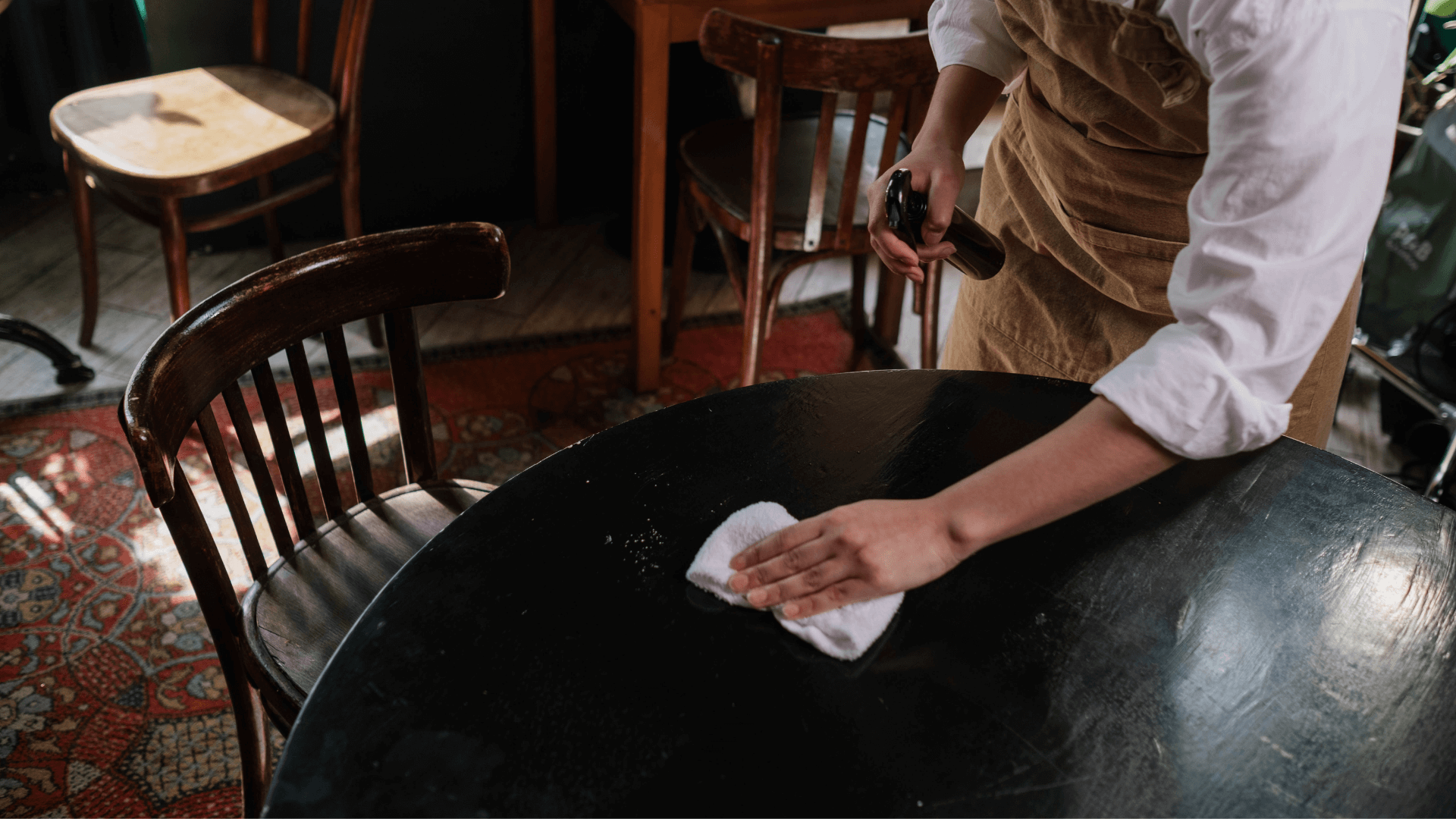In This Article:
At the recent JHP Gourmet Guide™ launch and awards ceremony, I reminded the chefs and their restaurant teams that we’re not in the food business, but in the people business. It’s the maître d’s welcome, the waitron who serves the food, and the sommelier who presents the wine, who can make or break the experience.
Good food can be elevated and rescued by superior service, but exceptional food sandwiched by substandard service results in an underwhelming guest experience.
Good is the enemy of great. – Jim Collins, author of “Good to Great”
It’s not only three-Plated restaurants that should be offering five-star service. Every bistro, café and casual restaurant can go the extra mile to give guests the best experience. The difference between good, bad or great service comes down to one simple thing: training.
And a lack of staff training is evident in many ways.
Six telltale signs of poor training
- Poor knowledge of dishes and their ingredients.
- Inaccurate pronunciation of menu terms. (This is an instant giveaway!)
- Staff who have not developed the instinct required to know when to interrupt, or how much information to provide.
- Poor body language and no peripheral vision.
- The actual service procedure.
- Management of criticism and complaints.
How to avoid mistakes
I recently dined at a Plated restaurant where one of the dishes was accompanied by a tiny bug. It was only noticeable once the dish had been placed on the table. We called the waiter, who called the chef, to swap the dish. They were mortified! Both my guest and I were amused and placated them.
A dose of appropriate humour softened the situation, but it did make me wonder. Are staff elsewhere adequately prepared to cope with every negative situation?
Here are three simple ways for you and your team to avoid mistakes:
- Pre-service preparation: Ensure that a comprehensive briefing is held before each service, highlighting regulars, special occasions, dietary requirements, daily specials, and any other information which can make a guest feel special.
- Make a note: Waiters are often reluctant to write orders down, but doing that, and then checking with guests, can avoid mistakes and prevent errors.
- A vigilant kitchen: Every dish needs to be scrutinised at the pass so that the kitchen errors do not need to be rectified by waiters.
Use Dineplan to keep tabs on your guests and create an unforgettable guest experience. Instantly recognise VIPs and regulars as they make reservations with built-in guest tagging based on their preferences, dietary requirements and so much more.
Role play in training plays a big part in ensuring that every member of the team can cope with difficult incidents. Drunk or unreasonable guests are encountered in every establishment, and it’s essential that adequate preparation is made to manage them.
Charm and charisma, coupled with knowledge and extensive training, is the winning recipe for success. Add consistency, and you’re well on your way to maintaining a good reputation. – Jenny Handley
One of the (many) joys of the hospitality industry is that you can employ someone bright with a good attitude and teach them the required skills. Their charm and charisma, coupled with knowledge and extensive training, is the winning recipe for success. Add consistency, and you are well on your way to maintaining a good reputation.
People first, plates second
The owner or leader’s role is to communicate the vision and brand of the restaurant to the management team, and the managers need to implement the activities accordingly. Training them is essential before training waiting staff. Well-motivated teams create a palpable energy that diners respond to, making for an overall positive time. Remember: People first, plates second!
As Jim Collins, author of “Good to Great”, says, “One of the things we’ve learned in all our research is that it all begins with people.”


0 Comments